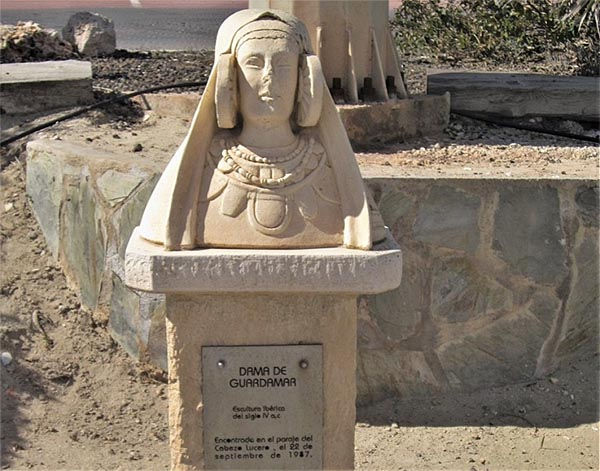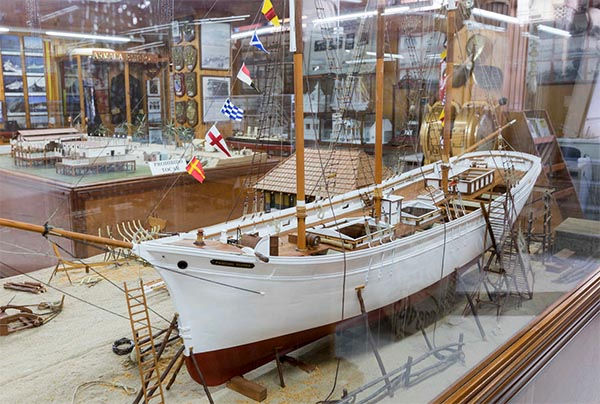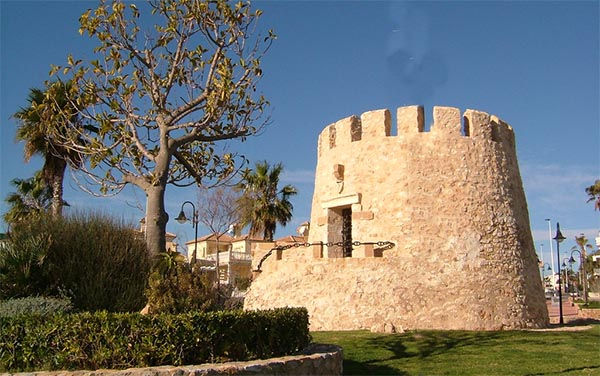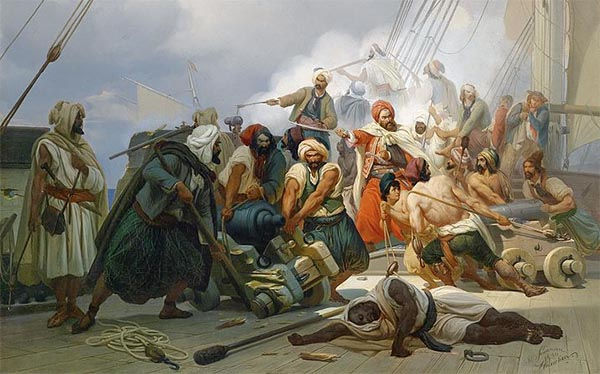Jun 19, 2025
In the south of the province of Alicante, in the shadow of the tourist town of Torrevieja, lies a history full of enigmas, destruction, revivals and forgotten civilisations. A territory where today the turquoise waters of the Mediterranean sway and centuries-old eucalyptus trees flourish, was once the scene of catastrophes, pirate attacks, religious revolutions and ancient legends.
Phoenicians, Iberians and Romans on the sands of Guardamar

Beneath layers of sand and centuries, Guardamar reveals its role as one of the oldest settlements in the region. In the area of La Fonteta, archaeologists discovered the remains of a Phoenician citadel from the 8th-6th century BC with walls up to three metres thick, metallurgical workshops, warehouses and dwellings, evidence of an active and prosperous commercial life..
Later, the Iberians arrived, leaving behind the "Dama de Guardamar" - a sculpture that reflects their aesthetic and religious vision.
As early as the 1st century AD, the Romans established salted fish factories, and in the 10th century, a Muslim raabita - a religious-military community - emerged.
Time of salt and white caravans

Since the 13th century, Torrevieja and La Mata were strategic for their salt lakes. First private property of Orihuela, then royal monopoly, in the 18th century they were intensively exploited. The Eras de la Sal wharf arose, from where salt was exported to France, Italy and America.
It is said that a salt merchant, San Angel, a grantee of the Crown, was one of the financiers of Christopher Columbus' voyage - demonstrating how the white powder of Torrevieja is linked to the great explorations.
Watchtowers and fire signals

Torrevieja, La Mata, Guardamar and other points along the coast formed part of a network of defensive towers built from the 14th century onwards to protect against Barbary pirates. These towers - such as the Torre del Moro, the Torre de Cabo Cervera or the Torre de La Mata- functioned as a warning system: smoke and fire signals were transmitted from one to another warning of attacks..
The engineer Giovanni Battista Antonelli systematised this defensive line in the 16th century.

During the 16th and 17th centuries, Barbary pirates from North Africa regularly attacked the coast of Alicante. They razed villages, plundered churches and took hundreds of people as slaves to Algiers or Tunisia..
These raids left a mark of fear and resistance throughout the region, and justified the intensive construction of coastal fortifications and towers.
In Guardamar, La Mata or Santa Pola, stories are still told of nights of fire and alarm bells ringing inland.
The Earth's Roar: The 1829 Earthquake

On a fateful day in March 1829, the earth shook with force. An earthquake measuring more than 6.5 on the Richter scale shook the entire Vega Baja - from Orihuela to Torrevieja. Especially affected were Almoradí, Catral and Guardamar: buildings collapsed, bridges disappeared, and the Segura river changed its course.
The news alarmed the royal court in Madrid. Ferdinand VII not only expressed his regret, but also organised a collection, state aid and a complete reconstruction. As a result of this action, the towns adopted new planning: wide streets, low houses and the first attempts at anti-seismic architecture. Guardamar moved towards the dunes and Torrevieja reinforced its coastal defences.
Smuggling, liberals and the Bazán brothers
The 19th century brought more than earthquakes. The region's trade routes became the scene of smugglers and revolutionaries. In 1826, the Bazán brothers, insurgent liberals, disembarked in Guardamar, hiding among the dunes and trying to raise the people against the absolute monarchy. Their attempt failed, but was recorded as a symbol of a turbulent era.
Sand, trees and the salvation of a city

After the earthquake and the advance of the sea dunes, the engineer José Agustín de Larramendi proposed a radical solution at the end of the 19th century: to repopulate the coast with trees. Thus was born one of the first ecological projects in Spanish history: thousands of eucalyptus, pine and acacia trees stopped the advance of the desert over the streets of Guardamar.
It was an act of ingenuity and ecological foresight. Today these forests are the pride of the city and its green shield against the Mediterranean.
The south of Alicante is not just a sun-drenched coast. It is a land where history breathes: Phoenician walls lie beneath the feet of tourists, trees born of disaster grow along the avenues of Guardamar, and the sea breeze still carries the echo of signal bonfires.
To travel here is to walk through the pages of a vibrant past, where every dune and every tower tells a legend - authentic, documented and still alive.


